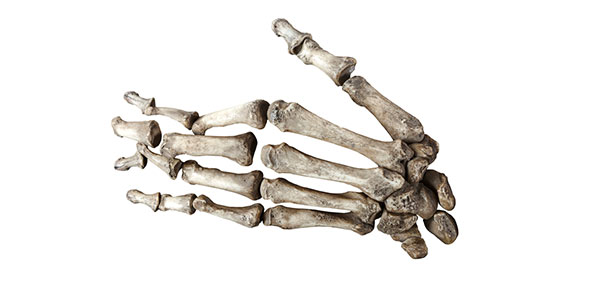Related Flashcards
Cards In This Set
| Front | Back |
|
Define:
FAMILY THERAPY
|
Asserts that:
1) in order to understand an individual, the person must be seen in relation to family interactions. 2) A client’s problems are often symptoms of a family’s dysfunction. 3) A client’s behavior may be a symptom of dysfunction handed down across generations; serve a function in her family; or be a function of family’s inability to cope. |
|
Three Goals of Family Therapy
|
1.
All family members are to be honest
2.
All decisions are to be made through negotiation
3.
Each family member is allowed to be unique and differences are to be
acknowledged positively so that each person can grow.
|
|
Four Defensive Stances in Families:
|
1.
Placating: family members may sacrifice themselves and their needs to please
others
2.
Blaming: family members may sacrifice others to maintain their view of
themselves
3.
Being super-reasonable: family members may strive for complete control over
themselves, others, and their environment
4. Being irrelevant: family members create a pattern of
distractions in their belief that hurt, pain, or stress will diminish.
|
|
Rigid Boundaries:
|
Lead to impermeable barriers between family subsystems (see diagram on
page 173) and among subsystems outside the family. Family members are disengaged
and distant from one another. Communication is absent or severely limited
|
|
Diffuse Boundaries:
|
Characteristic of enmeshed families, who are disengaged from the
outside world. They see each other as extensions of self. Everyone
is into everyone else’s business.
|
|
Three Interactive Functions of Structural Family Therapy
|
1.
Joining the family in a position of leadership
2.
Mapping its underlying structure
3. Intervening in ways designed to transform an ineffective
structure
|
|
Techniques
to accomplish STRUCTURAL FAMILY THERAPY:
|
1.
Family mapping: drawing maps of the boundaries (clear, diffuse, rigid) in a
family, examining them, and resolving them so family can move forward to next
stage of development
2.
Enactments: Staying in the present moment (i.e., no “archaeology”), counselor
asks client to act out situation that is causing conflict, to see where
communication has broken down and subsystem barriers damaged.
3. Reframing: Sheds new light on old problem, allowing new
interpretations of particular situations, see problem from many different
angles. See the example on page 174 of child acting out (presenting
problem) Every time she does, her parents, who are in middle of divorce,
come together to deal with her acting out, thus reinforcing the bad behavior.
|
|
FEMINIST THERAPY:
Four common ideas of feminist family systems therapy |
1.
Patriarchy is “alive and sick” in sociopolitical life and in the life of the
family.
2.
The “normal” family has not been normal or nurturing for mothers, and reflects
the discrimination women experience in the world outside the family.
3.
Commitment to reforming family and society in ways that fully empower and
enfranchise women economically, socially, and politically.
|
|
Define Solutions-Oriented
Therapy:
1. Miracle Question: if a miracle happened and your problem was solved, how would you know? How would life be different? (similar to CT/RT’s quality world) 2. Exception-finding question: Directs the client to a time in her life when she did not experience the problem. What was different? Why was that time an exception to the rule? What would have to happen to get back to that state? 3. Scaling question: Best when dealing with affect, communication, or mood. (E.g., on a scale of one to ten, how do you feel right now when your mother behaves this way?) |
Clients, with aid of counselor, try to find solutions that will lead
them to goals they set for themselves.
1) It is:Present-oriented, does not look to the past for origins of presenting problems. 2) Client is assumed to have capacity to solve problem and therapist’s role is to bring that knowledge to forefront and guide solution process. 3) Concerned with the stories people tell themselves that keep them back, helping them find the good in these stories. |
|
3 Solution-Oriented
Therapy Technique:
|
1.
Miracle Question: if a miracle happened and your problem was solved, how would
you know? How would life be different? (similar to CT/RT’s quality world)
2.
Exception-finding question: Directs the client to a time in her life when she
did not experience the problem. What was different? Why was that
time an exception to the rule? What would have to happen to get back to
that state?
3. Scaling question: Best when dealing with affect, communication,
or mood. (E.g., on a scale of one to ten, how do you feel right now when
your mother behaves this way?)
|







